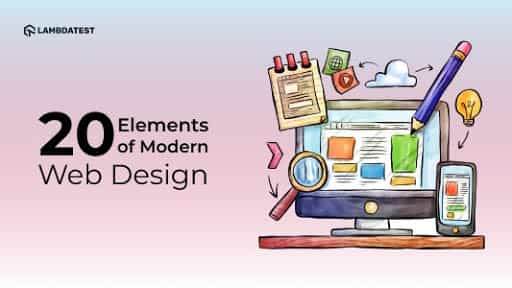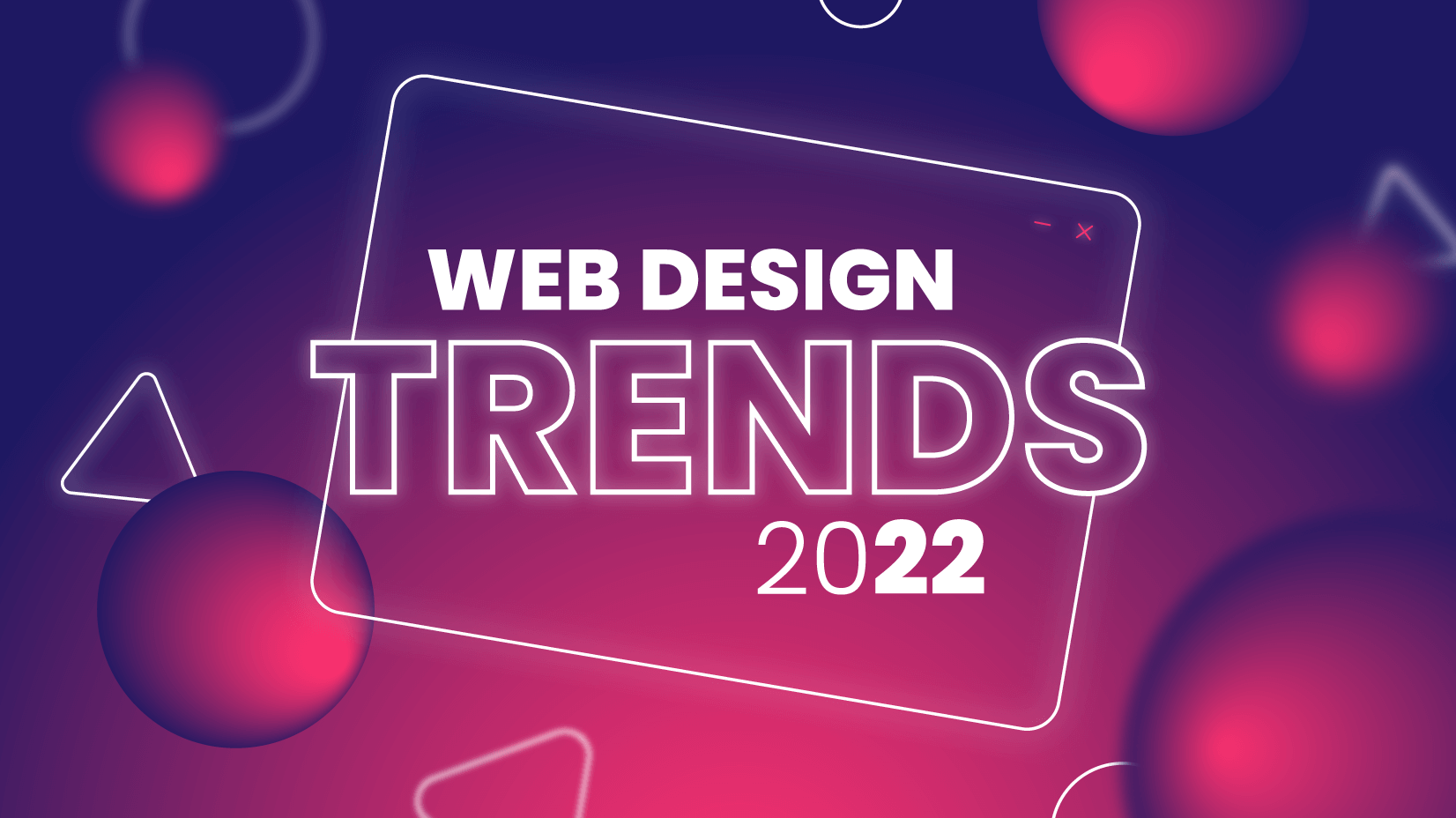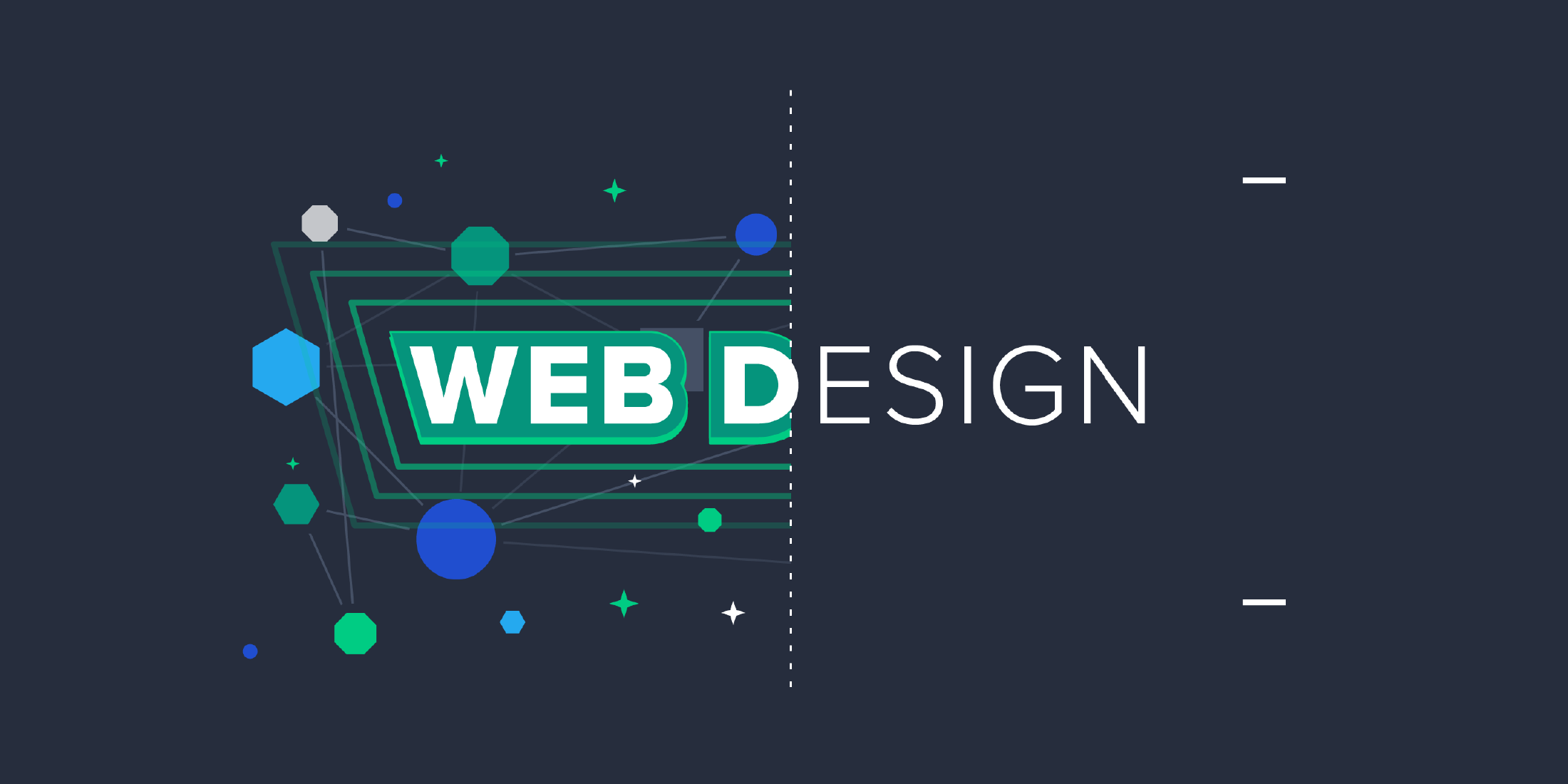All Categories
Featured
Table of Contents
- – 12 Essential Tips For Improving Your Web Desig...
- – Web Design Ledger: Homepage Tips and Tricks:
- – Responsive Web Design Certification - Freecod...
- – Web Design Blog - Webdesigner Depot Webdesign...
- – Web Development Bachelor's Degree - Full Sail...
- – What Is Web Design? The Ultimate Guide To Web...
- – Web Development Bachelor's Degree - Full Sai...
- – Web Design - Uci Division Of Continuing Educ...
- – Google Web Designer - Home Tips and Tricks:
- – Website Design - Best Ecommerce Web Design B...
- – Web Design Courses & Tutorials - Codecademy ...
12 Essential Tips For Improving Your Web Design In 2022 Tips and Tricks:
Quick summary Usability and the energy, not the visual style, figure out the success or failure of a website. Considering that the visitor of the page is the only individual who clicks the mouse and for that reason chooses everything, user-centric design has actually established as a basic approach for effective and profit-oriented web design - web design frederick md.
and the energy, not the visual style, figure out the success or failure of a website. Considering that the visitor of the page is the only person who clicks the mouse and for that reason decides everything, user-centric design has become a standard method for effective and profit-oriented website design. If users can't use a function, it might as well not exist.
g. where the search box must be placed) as it has currently been done in a number of posts; instead we concentrate on the methods which, utilized appropriately, can result in more advanced design decisions and streamline the procedure of viewing presented details. Please see that you may be thinking about the usability-related short articles we've published prior to: Concepts Of Good Site Style And Effective Web Design Standards, In order to use the principles appropriately we initially need to comprehend how users engage with sites, how they believe and what are the basic patterns of users' behavior.
Web Design Ledger: Homepage Tips and Tricks:
Visitors glance at each new page, scan a few of the text, and click the very first link that catches their interest or vaguely looks like the important things they're trying to find. In truth, there are large parts of the page they do not even look at. Most users browse for something interesting (or beneficial) and clickable; as quickly as some promising prospects are discovered, users click.
If a page supplies users with high-quality content, they want to compromise the material with ads and the design of the site. This is the factor why not-that-well-designed sites with top quality content acquire a lot of traffic over years. Material is more crucial than the design which supports it.

Users do not read, they scan. Notice how "hot" locations abrupt in the middle of sentences. This is normal for the scanning procedure. Extremely basic concept: If a site isn't able to fulfill users' expectations, then designer stopped working to get his task done properly and the business loses money. The greater is the cognitive load and the less user-friendly is the navigation, the more prepared are users to leave the website and search for options.
Responsive Web Design Certification - Freecodecamp.org Tips and Tricks:
Neither do they scan website in a linear fashion, going sequentially from one website area to another one. Rather users satisfice; they pick the first affordable choice. As quickly as they discover a link that looks like it might cause the goal, there is an excellent chance that it will be instantly clicked.
It doesn't matter to us if we understand how things work, as long as we can utilize them. If your audience is going to imitate you're developing signboard, then design fantastic billboards." Users want to have the ability to control their internet browser and rely on the constant information presentation throughout the website.
If the navigation and website architecture aren't user-friendly, the variety of enigma grows and makes it harder for users to understand how the system works and how to obtain from point A to point B. A clear structure, moderate visual ideas and quickly identifiable links can assist users to discover their course to their objective.
Web Design Blog - Webdesigner Depot Webdesigner Depot Tips and Tricks:

claims to be "beyond channels, beyond products, beyond circulation". What does it indicate? Considering that users tend to check out sites according to the "F"-pattern, these three declarations would be the very first elements users will see on the page once it is packed. The style itself is simple and intuitive, to comprehend what the page is about the user requires to browse for the answer.
Once you have actually attained this, you can interact why the system is helpful and how users can benefit from it. Don't Waste Users' Persistence, In every task when you are going to offer your visitors some service or tool, try to keep your user requirements minimal.
First-time visitors want to, not filling long web types for an account they might never utilize in the future. Let users explore the site and find your services without requiring them into sharing private data. It's not sensible to require users to enter an email address to check the feature.
Web Development Bachelor's Degree - Full Sail University Tips and Tricks:
Stikkit is a best example for an easy to use service which requires almost absolutely nothing from the visitor which is inconspicuous and reassuring. Which's what you desire your users to feel on your website. Obviously, Mite needs more. Nevertheless the registration can be carried out in less than 30 seconds as the kind has horizontal orientation, the user does not even require to scroll the page.
A user registration alone is sufficient of an impediment to user navigation to cut down on incoming traffic. Handle To Focus Users' Attention, As sites supply both static and dynamic material, some elements of the user interface bring in attention more than others do.
Focusing users' attention to specific locations of the site with a moderate usage of visual aspects can assist your visitors to receive from point A to point B without thinking about how it actually is expected to be done. The less enigma visitors have, the they have and the more trust they can establish towards the business the site represents.
What Is Web Design? The Ultimate Guide To Website Design ... Tips and Tricks:
Aim For Feature Direct exposure, Modern web styles are usually slammed due to their technique of directing users with aesthetically appealing 1-2-3-done-steps, large buttons with visual impacts etc. From the style perspective these components actually aren't a bad thing.
The site has 9 primary navigation alternatives which are noticeable at the very first glimpse. What matters is that the content is well-understood and visitors feel comfortable with the way they communicate with the system.
com gets directly to the point. No charming words, no overemphasized declarations. Instead a cost: just what visitors are trying to find. An ideal service for efficient writing is touse brief and succinct phrases (come to the point as quickly as possible), use scannable layout (categorize the material, use multiple heading levels, use visual components and bulleted lists which break the flow of consistent text blocks), usage plain and objective language (a promotion doesn't require to seem like ad; offer your users some affordable and objective reason why they must use your service or remain on your site)6.
Web Development Bachelor's Degree - Full Sail University Tips and Tricks:
Users are hardly ever on a site to take pleasure in the design; additionally, in many cases they are trying to find the information despite the style - web design frederick md. Aim for simplicity instead of complexity. From the visitors' viewpoint, the very best website design is a pure text, with no advertisements or more content blocks matching precisely the inquiry visitors used or the material they've been trying to find.
Finch plainly provides the details about the website and provides visitors an option of alternatives without overcrowding them with unnecessary material. 7. Don't Be Afraid Of The White Area, Actually it's truly difficult to overestimate the significance of white space. Not just does it help to for the visitors, but it makes it possible to perceive the details provided on the screen.
Complex structures are harder to check out, scan, evaluate and work with. If you have the choice between separating 2 style segments by a visible line or by some whitespace, it's normally much better to use the whitespace solution. (Simon's Law): the much better you manage to provide users with a sense of visual hierarchy, the much easier your material will be to view.
Web Design - Uci Division Of Continuing Education Tips and Tricks:
The very same conventions and guidelines must be used to all elements.: do the most with the least amount of hints and visual aspects. Four major indicate be considered: simplicity, clearness, diversity, and emphasis. Simplicity includes just the elements that are essential for interaction. Clearness: all components must be created so their significance is not ambiguous.
Conventions Are Our Pals, Conventional style of website elements doesn't result in a boring web website. As they lower the discovering curve, the need to figure out how things work. For instance, it would be an usability problem if all sites had various visual discussion of RSS-feeds. That's not that various from our regular life where we tend to get used to fundamental principles of how we organize data (folders) or do shopping (positioning of products).
comprehend what they're getting out of a website navigation, text structure, search placement etc. A common example from use sessions is to translate the page in Japanese (assuming your web users do not know Japanese, e. g. with Babelfish) and offer your usability testers with a job to find something in the page of various language.
Google Web Designer - Home Tips and Tricks:
Steve Krug recommends that it's better to, however benefit from conventions when you do not. 10. Test Early, Test Typically, This so-called TETO-principle ought to be used to every website design task as use tests typically offer into significant problems and issues related to a provided layout. Test not far too late, not too little and not for the incorrect reasons.
Some important points to remember: according to Steve Krug, and testing one user early in the project is much better than testing 50 near the end. Accoring to Boehm's first law, mistakes are most regular throughout requirements and style activities and are the more pricey the later they are removed.
That implies that you create something, test it, fix it and then evaluate it once again. There may be problems which haven't been discovered throughout the first round as users were practically blocked by other issues.
Website Design - Best Ecommerce Web Design By Shopify Tips and Tricks:
This holds for designers. After you've worked on a website for few weeks, you can't observe it from a fresh viewpoint anymore. You know how it is developed and for that reason you understand precisely how it works you have the wisdom independent testers and visitors of your site would not have.
It can be linked to other areas such as graphic design, user experience, and multimedia arts, however is more appropriately seen from a technological viewpoint. It has actually ended up being a large part of individuals's daily lives. It is tough to picture the Web without animated graphics, different designs of typography, background, videos and music.

Throughout 1991 to 1993 the Web was born. Text-only pages might be viewed using an easy line-mode web browser. In 1993 Marc Andreessen and Eric Bina, produced the Mosaic web browser. At the time there were numerous browsers, nevertheless the bulk of them were Unix-based and naturally text heavy. There had been no integrated method to graphic design elements such as images or noises.
Web Design Courses & Tutorials - Codecademy Tips and Tricks:
The W3C was created in October 1994 to "lead the World Wide Web to its complete potential by developing typical protocols that promote its evolution and guarantee its interoperability." This discouraged any one business from monopolizing a propriety internet browser and shows language, which might have modified the result of the Web as a whole.
As this has actually taken place the technology of the web has actually likewise moved on. There have actually also been considerable changes in the method individuals use and access the web, and this has altered how sites are designed.
Learn more about Lovell Media Group LLC or TrainACETable of Contents
- – 12 Essential Tips For Improving Your Web Desig...
- – Web Design Ledger: Homepage Tips and Tricks:
- – Responsive Web Design Certification - Freecod...
- – Web Design Blog - Webdesigner Depot Webdesign...
- – Web Development Bachelor's Degree - Full Sail...
- – What Is Web Design? The Ultimate Guide To Web...
- – Web Development Bachelor's Degree - Full Sai...
- – Web Design - Uci Division Of Continuing Educ...
- – Google Web Designer - Home Tips and Tricks:
- – Website Design - Best Ecommerce Web Design B...
- – Web Design Courses & Tutorials - Codecademy ...
Latest Posts
Web Design Museum 1991 – 2006 Tips and Tricks:
Basics Of Web Development & Coding Specialization - Coursera Tips and Tricks:
Web Page Design: A Comprehensive Guide - Adobe Xd Ideas Tips and Tricks:
More
Latest Posts
Web Design Museum 1991 – 2006 Tips and Tricks:
Basics Of Web Development & Coding Specialization - Coursera Tips and Tricks:
Web Page Design: A Comprehensive Guide - Adobe Xd Ideas Tips and Tricks: